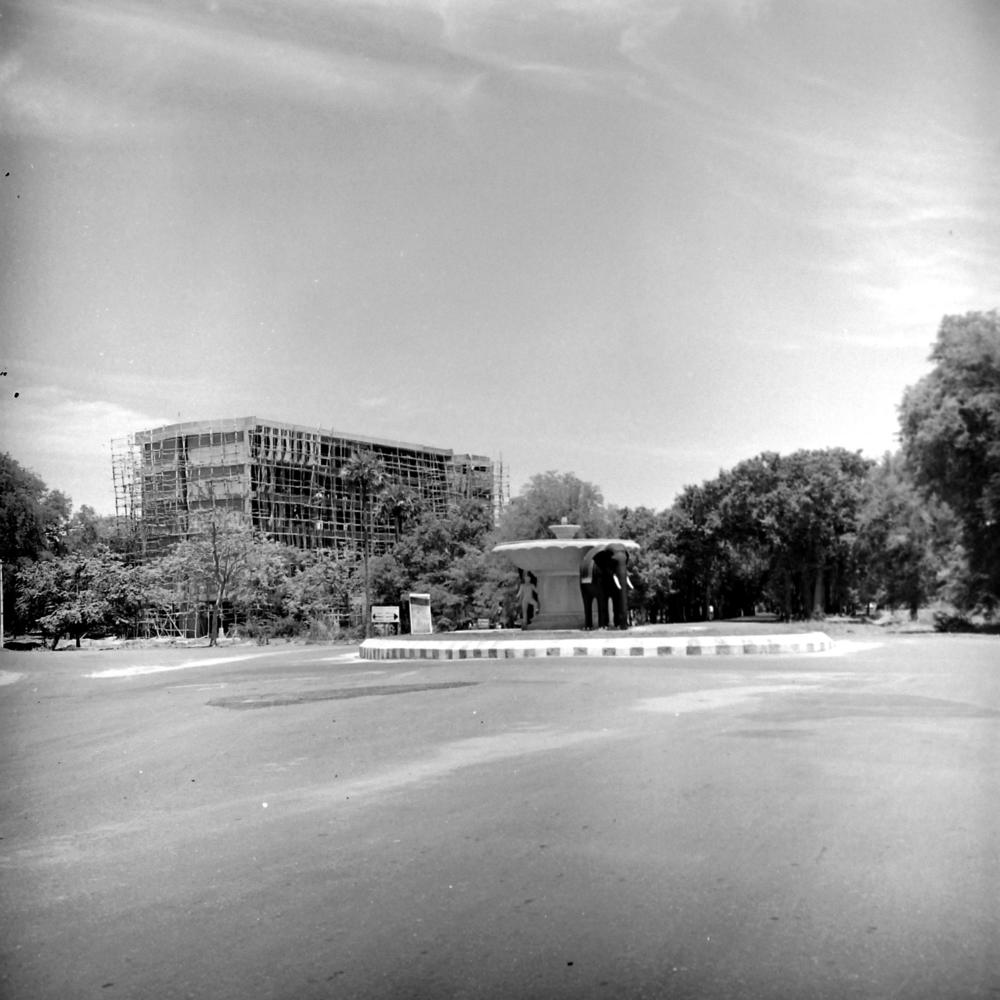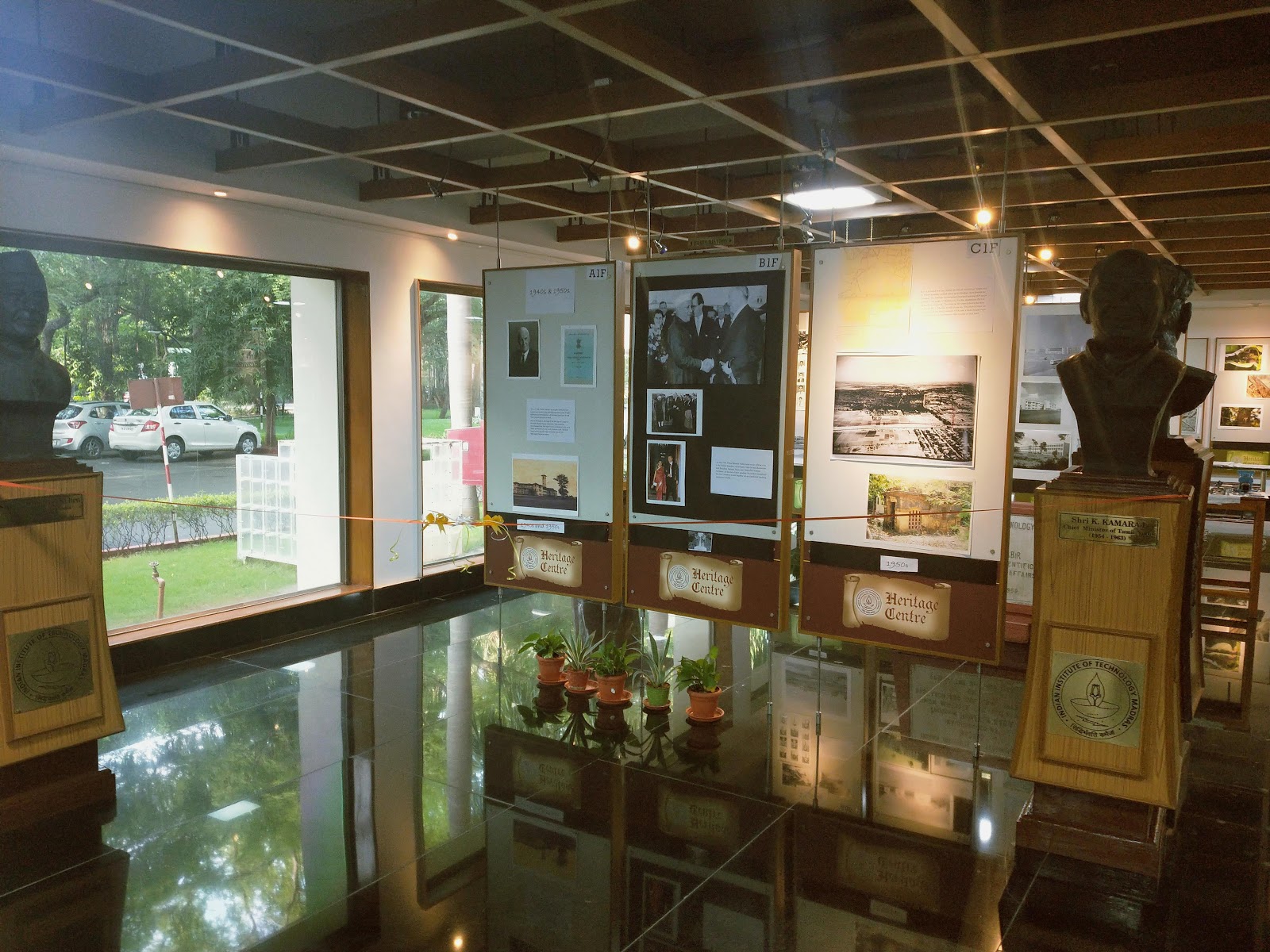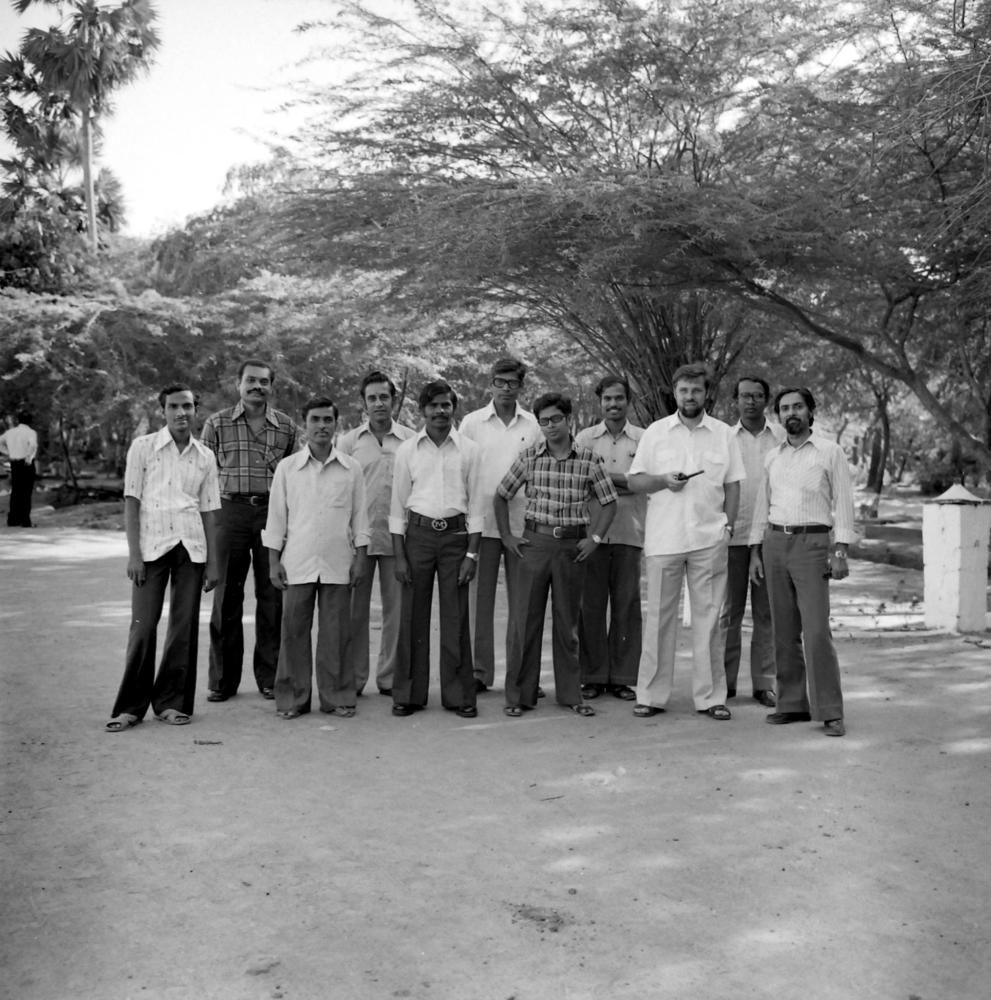One tends to wonder what it must have been like to study here in the maiden days of the institution. IIT has always been known for the freedom it extends toward its student body, and many a wizened alum have recalled their days here as the most memorable stage of their life. Of course, student life in the institute has always been evolving, and we can but be grateful to know how fortunate we are today, when we hear about students of the inaugural batch having had to undertake a boat journey early in the morning from their accommodations to get to class in time, and also to have lunch (thank God for hostels in campus, attending 8 am classes just became a lot less complicated). However, every batch did manage to find its own way of having fun and making their days here worthwhile. So what exactly changed over the six decades of insti?
Classes and Workshops
For starters, classes followed a much more rigorous schedule. They began at 7:30 in the morning and went on till 11:30. An afternoon session followed the lunch break, from 1:30 to 4:30. Saturdays were functional days as well, with classes going on till 11:30. Students had to do courses in basic sciences throughout their course of study, and could not really limit themselves to their specialized branches after dabbling in these subjects during their first year. Besides courses in the sciences and engineering, it was mandatory to attend lectures in the Humanities, again, for the entire course of study. These included subjects such as Literature, Language courses, and History.
Classes began at 7:30 in the morning and went on till 11:30. An afternoon session followed the lunch break, from 1:30 to 4:30.
Apart from theoretical courses, students spent a lot of their time in the workshops. The workshops were a vital element of studies. This had to do in part with the approach of the Germans, who emphasized first-hand technical learning. West Germany had played a crucial role in setting up the institute, and many Germans were part of the faculty in the initial days of the institute. Work here was often hard, and students had to undertake activities such as carpentry and welding. One alum recalls, in jest, how the workshops were excellent teachers, in that mistakes often had to be paid for with injured thumbnails.
Professors
Professors were known for their temper. Although most of them got along extremely well with the students, they were said to be very rigorous when it came to classes. There’s an anecdote about Prof. Sengupto, the first Director of the Institute. Prof. Sengupto was known for his loud voice and high temper (he’s also remembered for the small gap between the restroom blocks and the rooms in the Cauvery hostel, a gap known as the Sengupto Gap). He was shouting at his students, saying that they were a highly entitled bunch who thought of themselves as the cream of the nation, while in fact, they were ‘nothing but scum’. So much for having come all the way to the middle of nowhere (let’s face it, IIT was a nowhere back then) for an elite technical education. However, the students retaliated with a caricature of a gargantuan Prof. Sengupto with a bloated blue face, scowling into a pot while stirring its contents, exclaiming, “this is not cream, this is scum!” It is remarkable to note that the institute tolerated the publication of this caricature in Campastimes, the institute magazine, and did not create a furore over the issue. The students were generally extended considerable levels of freedom of speech and expression.

Transport
Although cycles have always been around in insti culture, the initial batches undertook more adventurous journeys to class. The very first batch had to travel from the hostels in Saidapet and Guindy by boat down the Adyar River. Subsequent batches had it more easy going for them. With classes having commenced in the new campus and hostels having come up, the commute was made much simpler. However, one alum recalls how, in the days after the hostels in the campus were built, classes were held in Alagappa Chettiar college (just outside the Main Gate), students were ‘shipped’ in trucks. He recalls that it painted a pretty hilarious picture – a horde of sleepy engineers, supposedly the brightest minds of the country, wearing full sleeve shirts (they used to wear formal shirts to class back then), being carried around in a truck. He adds, though, that it kept one grounded in reality, and prevented them from becoming too high and mighty.
The very first batch had to travel from the hostels in Saidapet and Guindy by boat down the Adyar River.
The bus system on the campus was in place from the earliest days. There were five buses, each named after a mountain. This provided an ironic contrast to the stationary hostels named after rivers. The buses ran every half hour from the Main Gate to the Academic and Hostel zones, much like today. However, there was a time when the bus ran a distance outside the main gate, to collect passengers from Adyar and Anna University. The metropolitan bus service to the areas on the other side of campus, such as Taramani and Velachery, were infrequent and erratic, so many people preferred to take the shorter ride through the Institute.
Extra-Curriculars
Recreational activities of the past were mostly the same as they are today. Students took part in debates, quizzes, and a variety of other undertakings. The clubs we know today were established early on and boasted of a robust competitive culture. The Open Air Theatre was built in the early 60s’ and the Saturday night movie has been a vital element of insti culture since its inception.
Screenings in the early days were rife with faulty projectors, uncalled for breaks and cuts in the middle of movies, and much screaming and jeering from an agitated audience.
Nevertheless, many remember the OAT movie screenings with nostalgia. Rainy screenings were often the best, with everyone taking up their chairs and holding them as makeshift umbrellas (the OAT had heavy steel chairs back then, so the audacity the audience showed to watch shows while holding them over their heads must have been immense). The predecessor of Saarang, Mardi Gras, was established in 1974, providing students of insti and from outside an opportunity to meet, mingle, and engage in cultural activity.
Insti has undergone many facets of change since its beginnings. The student community still actively shapes campus life. I wonder what someone attempting to write an account of our lives today will come up with a few decades down the line…
Image and archival credits: IIT Madras Heritage Centre
(G)olden Tickets is a heritage series in celebration of 60 years of IIT Madras and coincidentally, 10 years of The Fifth Estate. We comb through archives in the Heritage Centre, interview alumni, and dig up little known insti trivia to travel back in time. Join us on this journey with (G)olden Tickets. Comments and suggestions are always welcome, you can send them to us at [email protected].
Series by Sharayu Shejale




